Description
Best-selling author Dan Buettner debuts his first cookbook, filled with 100 longevity recipes inspired by the Blue Zones locations around the world, where people live the longest. Building on decades of research, longevity expert Dan Buettner has gathered 100 recipes inspired by the Blue Zones, home to the healthiest and happiest communities in the world. Each dish–for example, Sardinian Herbed Lentil Minestrone, Costa Rican Hearts of Palm Ceviche, Cornmeal Waffles from Loma Linda, California, and Okinawan Sweet Potatoes–uses ingredients and cooking methods proven to increase longevity, wellness, and mental health. Complemented by mouthwatering photography, the recipes also include lifestyle tips (including the best times to eat dinner and proper portion sizes), all gleaned from countries as far away as Japan and as near as Blue Zones project cities in Texas. Innovative, easy to follow, and delicious, these healthy living recipes make the Blue Zones lifestyle even more attainable, thereby improving your health, extending your life, and filling your kitchen with happiness.
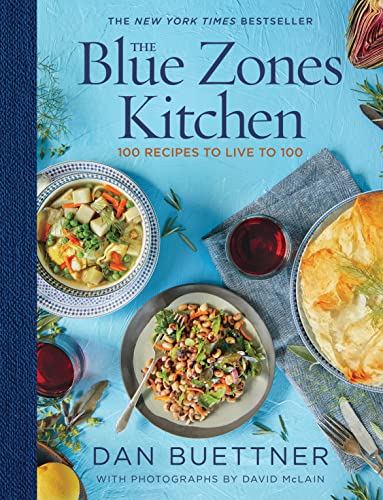






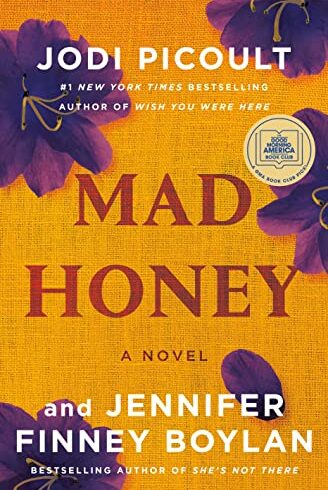
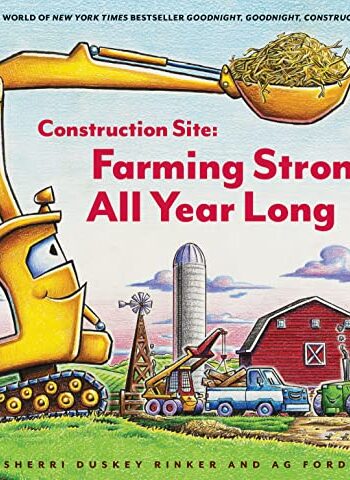
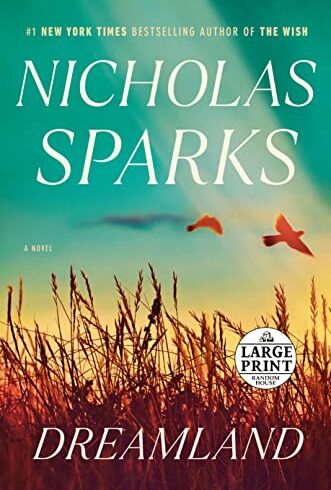
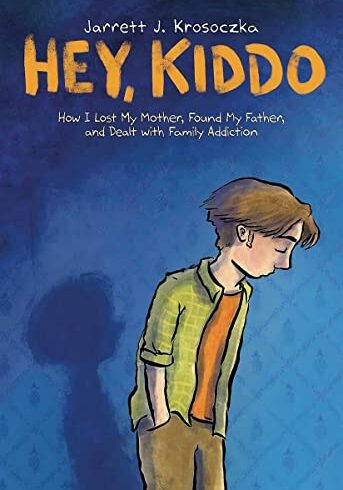
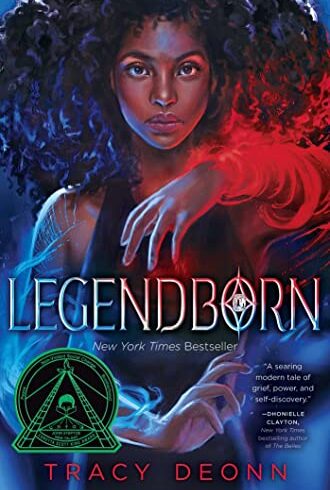

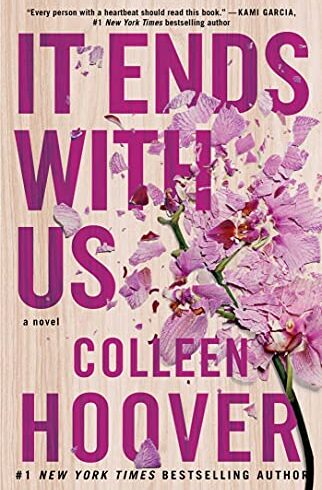
Joanna D. –
Blue Zones: areas of the world where the residents have a long, healthy old age. Okinawa is one of them, and the recipe here for sweet potatoes is one I’m familiar with. In fact, I spent time in Japan, found I lost weight without trying (something normally difficult for me) running my legs off up and down stairs and eating nearly no sugar for the time I was there. The lack of sugar was startling in the Japanese diet, in particular., The one hundred recipes in “Blue Zone Kitchens” are not outlandish and though there are a few unusual ingredients, they are obtainable by mail order if you live in a more remote area; for example goji berries are found in health food stores and Asian groceries but you can mail order them. These are used in a breakfast oatmeal dish and they add a lot of important anti-oxidants., Most of the recipes, however are things you can find anywhere and are not unusual. You can find more recipes such as Pumpkin pancakes. Breakfast burritos with black beans by signing up for the Blue Zone website and newsletter., So not only eating but lifestyle is important; having friends and family in a tight network (a friend who lived in a Thai village said it was UNTHINKABLE to be alone) and plenty of gentle but daily constant exercise and movement. And the Okinawan idea of eating 80 percent full known as “hara hachi bu”., I was amused to see Hearts of Palm ceviche (raw “fish” marinated) as I love hearts of palm but here they are only found canned. Still, they are really delicious and you can make a meal out of a salad if you cut them up and put them in. Better than artichokes. The Costa Rican recipes in particular are light and flavorful. Though I love Japanese food, I actually loved the Costa Rica chapter the best., And the ancient foods of Sardinia; you haven’t lived until you’ve tried Fregula, their primitive, rolled pasta, a relative of cous cous. It’s really good. There is one recipe for fregula with asparagus but it’s versatile and very light. You get pasta, but you don’t feel heavy after eating it. There is also a recipe for the Sardinian flatbread, their ancient bread originally made on the floor of woodfired ovens. You can see this being made in one of the episodes of Anthony Bourdain., Lots of delicious recipes. Will you live longer? Not sure this book alone will do it, but good recipes high in fiber and low in saturated fats and full of flavor.
Tannai –
The Pros:, The book is hardcover, and contains roughly 300 pages of beautifully illustrated meals. I specifically love how the meals are organized by region: Sardina, Okinawa, Nicola, Ikaria, and Loma Linda. Each location provides a new, and interesting meal option that I never would’ve thought of otherwise. Plus, there’s a lot of information about the locations in relation to how their food increases health, and life longevity., The Cons:, The pages are a thick, paper material instead of laminated. Seeing as it is a cookbook, it’s more beneficial to have the pages be laminated incase of accidental spills/mess during use in the kitchen. You can’t touch the pages while cooking unless you remember to wipe your hands frequently., Overall Thoughts:, I love this book. It works as intended. The recipes aren’t too complicated, but do require that you stock up on interesting food items.
lisa Oelsner –
We love this book. We checked it out of the library first and fell in love with it, so decided to purchase so we could refer to it over and over again. Offers a great overview of what blue zones are, where they are located, lifestyles and recipes of these centurion communities. We used it as a guide to host our first blue zone supper club.
Sherry –
I could hardly stop reading this. He has short stories of the different areas he talks about and the pictures are the best of any recipe book I have ever had. I cannot wait to try all of these. Favorite purchase lately.
Rearden Steele –
Mr. Buettner has done a lot of work to produce a nice grouping of recipes with a vegan thrust as there is a suggestion that not even fish are eaten in Blue Zones as far as I could see. Yet we know that the Japanese in the longest living prefectures in the world do eat fish., What led to the 4 star rating were a few issues as cited below., Some of he Okinawa Blue Zone recipes appear to be flawed because several recipes here call for the simmering of miso. This procedure would kill off any beneficial bacteria the miso has to offer making the miso now essentially as source of salt. This suggests that Mr Buettner does not understand the purpose of the use of miso as at greater that 115 degrees Fahrenheit the beneficial miso bacteria will die., Many of the recipes in the blue zones call for the use of night shade vegetables. These vegetables over time are known to cause rheumatism and arthritis. This begs the question why would these long lived people’s use unhealthy components in their regular diet., The recipes also use the very high oxalate vegtables such as spinach and Swiss chard that are known to cause kidney stones., I’m not saying that all or some or all of these components are never used. However, with so few recipes from each area, perhaps other components would be more useful., Still, this is a nice book. And, I do use it for ideas. With the above suggestions i do recommend the purchase of this book.